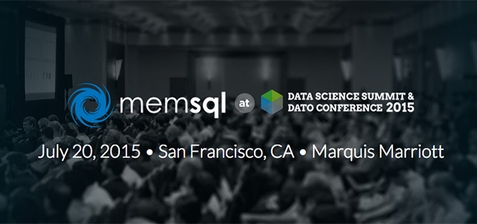Kevin White
Kevin is on the marketing team and is responsible for marketing operations and content strategy.

Case Studies
Cisco UCS and SingleStore: Real-Time Data Warehouse for the Enterprise

Trending
Machines and the Magic of Fast Learning (Strata Keynote Recording)

Trending
Gartner Magic Quadrant for Data Management Solutions for Analytics

Trending
How Manage Accelerated Data Freshness by 10x

Case Studies
How Kellogg Reduced 24-Hour ETL to Minutes and Boosted BI Speed by 20x

Product
Getting to Exactly-Once Semantics with Apache Kafka and SingleStore Pipelines (Webcast On-Demand)

Data Intensity
The Path to Predictive Analytics and Machine Learning – Free O’REILLY Book

Data Intensity
Real-Time Analytics with Kafka and SingleStore

Case Studies
Top 5 SingleStore Showcase Applications and Product Demonstrations

Trending
Data and Analytics Predictions Through 2020

Trending
The Path to Real-Time with SingleStoreDB Self-Managed 5 at Strata+Hadoop San Jose

Trending
Complimentary Report: Gartner Magic Quadrant for Data Warehouse Solutions

Product
The Lambda Architecture Simplified (Guide)

Data Intensity
Characteristics of a Modern Database
![Building Real-Time Data Pipelines through In-Memory Architectures [Webcast]](https://images.contentstack.io/v3/assets/bltac01ee6daa3a1e14/blt8c64544168c8b0c1/63ea4b699c6cb020b6883ac4/featured_real-time-data-pipelines-webcast.jpg?height=224&disable=upscale&auto=webp)
Data Intensity
Building Real-Time Data Pipelines through In-Memory Architectures [Webcast]

Trending
Find Your IoT Use Case

Data Intensity
Making Faster Decisions with Real-Time Data Pipelines

Trending
Join SingleStore in Boston for Big Data Innovation Summit

Trending
Gearing Up for Gartner Catalyst in San Diego

Trending
Join SingleStore at the Data Science Summit in San Francisco
Showing 20 of 27 items